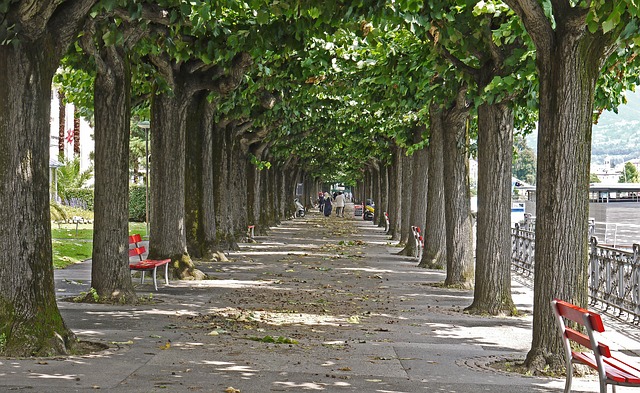Research conducted by Jamie Bristow and Rosie Bell supports the view that mindfulness builds cognitive resilience – “the ability to overcome negative effects or stress on cognitive functioning” (as defined by Staal and colleagues). In times of stress or serious setbacks, we can experience cognitive confusion and disorientation. When the perceived threat to our wellbeing is considerable our “thinking brain” tends to shut down and our “survival brain” takes over – we can be controlled by our negative emotions and engage in fight, flight or freeze behaviour. In these challenging times we can experience emotional inflammation as we are challenged on many fronts.
The impact of information overload
Information overload is a characteristic of our times with the ever-present and pervasive information highway. With COVID19, we not only have to cope with the emotional strain of illness and death amongst our families , friends and colleagues but also the vast amounts of complex health advice and restrictions – information that is often conflicting and exacerbated by misinformation peddled by vested interests.
The stress of information overload can be compounded by what Jamie and Rosie refer to as a our “digital and media diet” – a bias towards distressing information, rather than information that inspires, uplifts, or motivates. An obsession with the news can be a daily diet of information that disturbs, distresses, distracts and debilitates us and severely limits our effective cognitive functioning.
Unfortunately, our natural tendency is to close down emotionally and avoid facing the pain of negative emotions. We can block out difficult emotions such as fear, anxiety, and depression until such time as they take their toll on our physical health. Liz Stanley, for example, explains how she lost her sight temporarily by “soldiering on” despite traumatic stress.
The role of mindfulness in developing cognitive resilience
Mindfulness practices can help us face raw and difficult emotions such as fear and build resilience through accepting our current reality, rather than denying its existence. Rick Hanson, for example, provides a meditation practice designed to turn fear into resilience. Bob Stahl, meditation teacher and author, offers a mindfulness practice to address fear and anxiety that are exacerbated by negative self-stories.
Mindfulness meditation can be a source of refuge in times of turbulence when we feel our minds and emotions whirling. It enables us to restore our equilibrium and find peace and calm despite the waves of change and challenge crashing down on us. We can build our resilience by taking time out to become grounded and to reconnect with ourselves.
Jamie and Rosie point out the research that demonstrates that mindfulness can enhance both working memory and long-term memory. Working memory constitutes our temporary storage facility that enables us to utilise information to effectively make decisions, act wisely and communicate appropriately. It can become overwhelmed and degraded by stress and trauma and negatively impact our window of tolerance – narrowing it and thus reducing our capacity to cope with further stressors, however minor.
Reflection
As we grow in mindfulness we can increase our sense of agency in the face of stress and setbacks by facing up to our negative emotions and diffusing their impact, accessing our memory and cognitive faculties without the befuddlement of emotional overload, making sound choices about information that we expose ourselves to and developing groundedness despite the turbulent winds of change. In this way, we can progressively build our cognitive resilience by reducing the negative impacts of stress on our cognitive functions and limiting emotional turmoil. Hence, we will be better able to access our creative faculties and take wise actions such as scenario thinking to deal with ongoing stressors.
________________________________________
Image by Leni_und_Tom from Pixabay
By Ron Passfield – Copyright (Creative Commons license, Attribution–Non Commercial–No Derivatives)
Disclosure: If you purchase a product through this site, I may earn a commission which will help to pay for the site, the associated Meetup group and the resources to support the blog.



